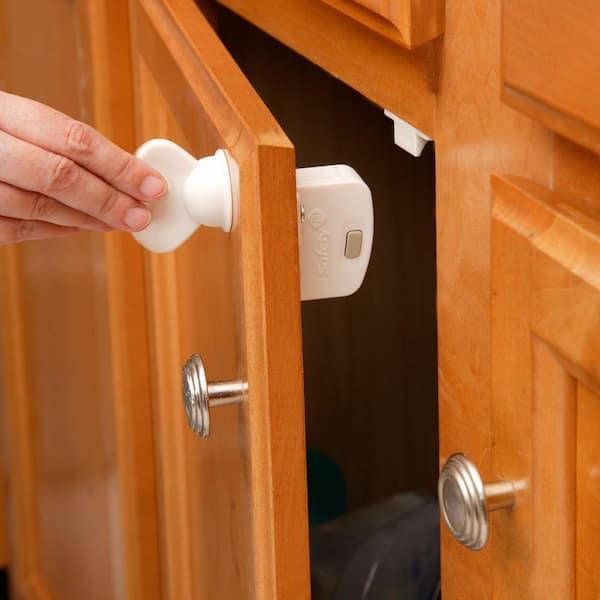In the bustling world of parenthood, every corner of the home transforms into a potential adventure-and occasionally, a hazard. Cabinets and drawers, often overlooked in daily safety checks, can harbor sharp edges, cleaning supplies, or other items not meant for tiny hands. Enter the baby safety lock: a simple yet ingenious solution designed to keep curious explorers safe while preserving peace of mind for caregivers. This unassuming device acts as a quiet guardian, securing cabinets and drawers to prevent accidental messes-and mishaps-before they begin. In this article, we’ll explore the importance of baby safety locks, how they work, and tips for choosing the right models to create a safer home environment for your little one.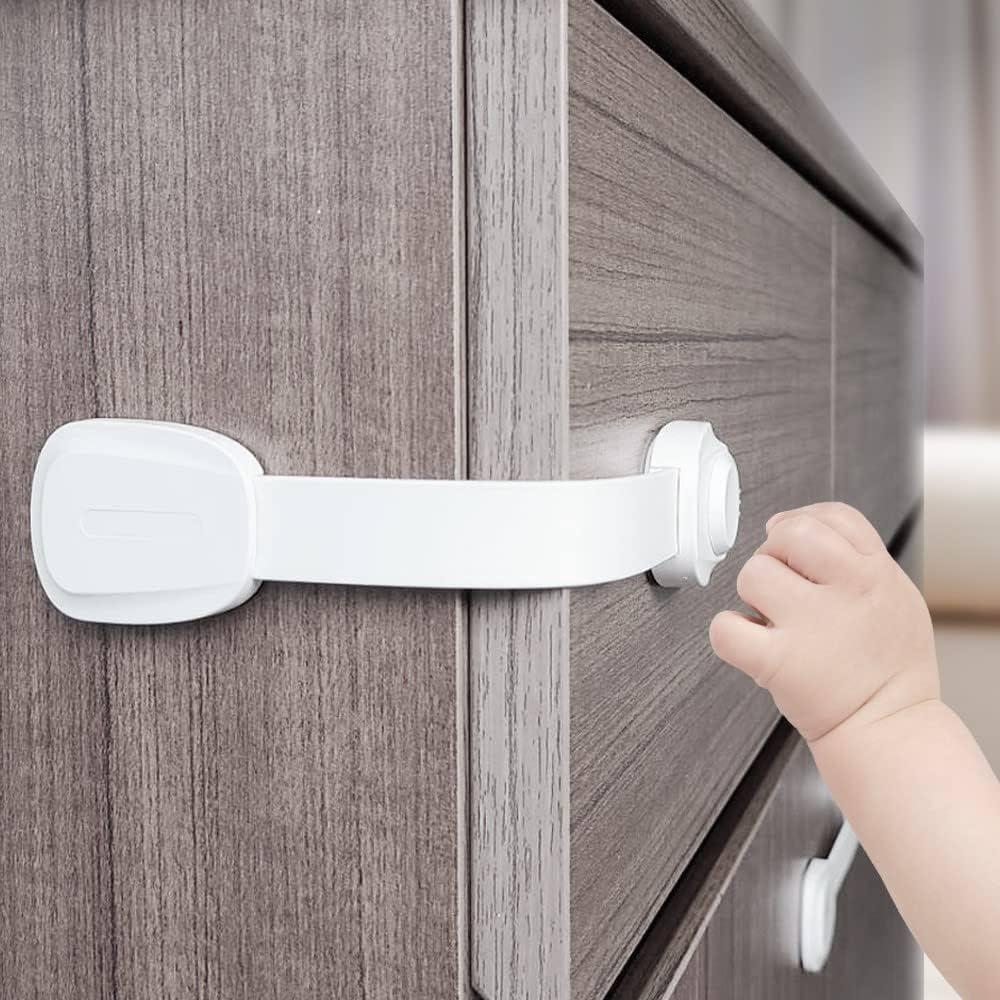
Choosing the Right Baby Safety Lock for Your Home
When selecting a safety lock for cabinets and drawers, it’s essential to consider the type of mechanism that will best suit your home environment. Magnetic locks offer a sleek design with hidden installation, perfect for parents who want safety without compromising aesthetics. On the other hand, sliding locks and strap locks provide versatility and ease of use, especially for older toddlers gaining mobility. Understanding the material of your cabinets – whether wood, metal, or glass – will also guide you in picking a lock with the appropriate adhesive strength or screw-in options, ensuring a firm hold that stands the test of curious little hands.
Besides the lock type, think about accessibility and durability. Locks that are too complicated might frustrate parents during busy moments, while those too simple might not withstand toddler persistence. Additionally, prioritize models with non-toxic materials and smooth finishes to avoid any accidental scratches or allergies. Below is a quick comparison table to help you balance factors effectively:
| Lock Type | Ease of Use | Durability | Aesthetic Impact |
|---|---|---|---|
| Magnetic Lock | Moderate | High | Minimal, hidden |
| Sliding Lock | Easy | Medium | Visible, but low-profile |
| Strap Lock | Easy | Medium | Moderate, flexible design |
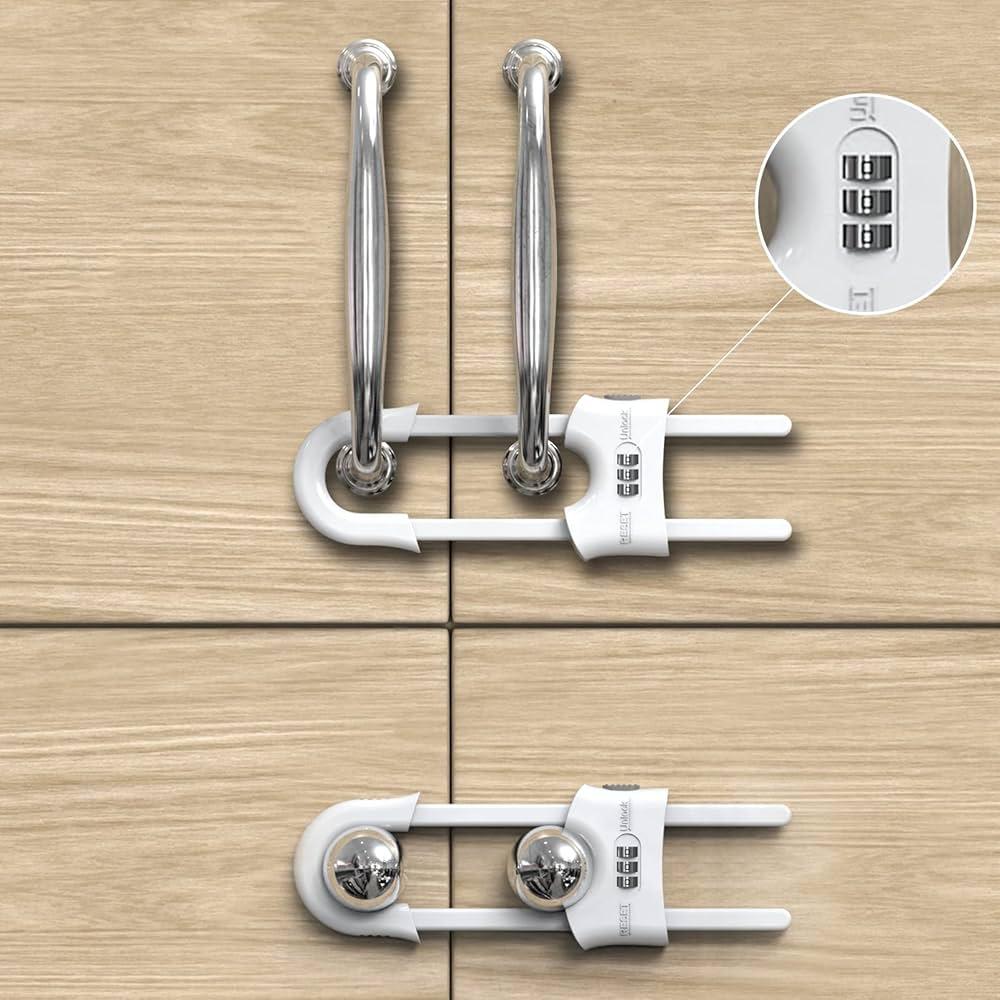
Installation Tips for Maximum Security and Convenience
For a flawless setup that ensures both security and ease of use, start by cleaning the cabinet or drawer surfaces thoroughly. Any residue or dust can interfere with the adhesive strength, reducing the lock’s effectiveness. Measure twice, install once-position the lock at a height that is out of your child’s reach but still convenient for adults to unlock quickly. When using adhesive locks, hold them firmly in place for at least 30 seconds and let the adhesive cure for 24 hours before testing. For screw-in locks, ensure screws are tightened securely but without over-tightening, which could damage the furniture.
Enhance usability by considering the lock’s orientation and accessibility. Avoid corners or cramped spaces where unlocking might become a hassle. If your household uses multiple locks, keeping a small chart nearby can help track which locks correspond to which drawers or cabinets-this can save time and avoid frustration. For a quick glance, check the sample setup guide below:
| Lock Type | Best Placement | Recommended Actions |
|---|---|---|
| Adhesive Lock | Flat surfaces inside cabinet | Clean & hold 30s, cure 24h |
| Screw Lock | Drawer frame edges | Secure screws, avoid over-tightening |
| Magnetic Lock | Inside cabinet corners | Align magnet & latch carefully |
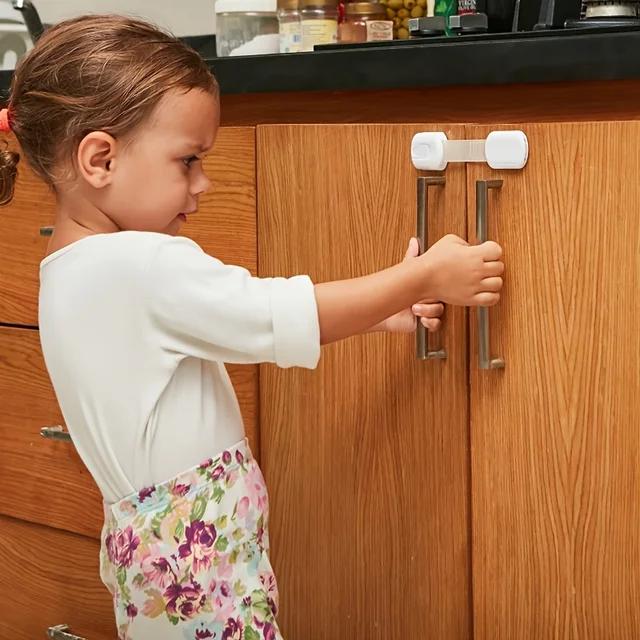
Materials and Designs That Combine Safety with Style
Choosing the right materials is essential to ensure that safety locks not only protect curious little hands but also complement your home’s aesthetic. High-quality, eco-friendly ABS plastic and durable stainless steel are popular choices that strike a perfect balance between strength and style. These materials are resistant to wear and tear, ensuring longevity, while their sleek finishes blend seamlessly with modern cabinetry. Additionally, some locks feature soft-touch silicone grips or elegant matte coatings, providing a tactile and visual appeal that elevates the overall design without compromising security.
Innovative designs take functionality a step further by incorporating discreet mechanisms that remain virtually invisible when the cabinets or drawers are closed. From push-to-open locks that require no external hardware to flexible straps that can be adjusted to fit various furniture styles, the options are abundant. Consider the following features that can harmonize both safety and style in your living space:
- Minimalist profiles: slim structures that don’t disrupt the cabinet’s lines
- Color-coordinated finishes: options in white, black, or translucent that match cabinetry
- Multipurpose designs: locks that can be easily transferred between drawers and cabinets
| Material | Style Benefit | Safety Feature |
|---|---|---|
| ABS Plastic | Lightweight, smooth finish | Strong resistance to impact |
| Stainless Steel | Modern, sleek appearance | Corrosion-resistant for long-term use |
| Silicone | Soft touch, various colors | Non-slip grip for secure locking |
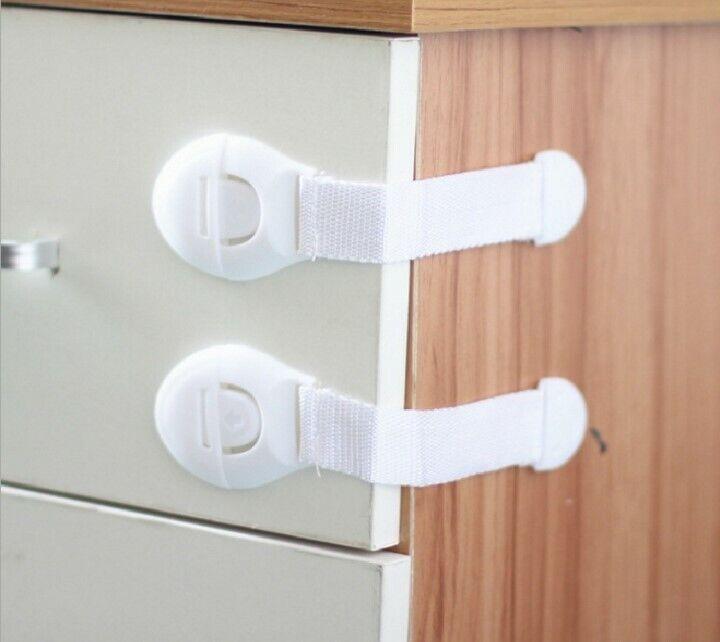
Maintenance and Troubleshooting Common Lock Issues
To ensure your baby safety lock remains efficient, regular care is essential. Clean the lock mechanism with a soft, damp cloth to prevent dust and grime buildup that can hinder smooth operation. Avoid using harsh chemicals or abrasive materials that may damage the lock’s surface or internal components. Additionally, check the adhesive or mounting screws every few months to confirm the lock is still securely attached. This proactive maintenance minimizes the chances of accidental openings and keeps little explorers safe from potential hazards.
Should you encounter common issues like the lock failing to release or sticking, a few troubleshooting tips can help restore functionality quickly. First, inspect for obstructions such as dirt or small debris lodged inside the lock. Gently pressing or sliding the lock while applying a bit of lubricant-preferably silicone-based-can improve movement. If the problem persists, verifying correct installation according to the manufacturer’s instructions is crucial, as misalignment is a frequent culprit behind malfunctioning locks.
| Issue | Cause | Solution |
|---|---|---|
| Lock sticks | Dust/debris buildup | Clean and lubricate |
| Lock won’t open | Misalignment | Reinstall properly |
| Lock detaches | Weak adhesive | Secure with screws |
- Tip: Regularly test the lock with the door closed but unlocked to simulate normal use.
- Note: Avoid applying excessive force to prevent damage.
The Conclusion
In the whirlwind of parenthood, every small step towards safety is a giant leap for peace of mind. Baby safety locks for cabinets and drawers transform everyday furniture into secure spaces, turning potential hazards into harmless corners. By thoughtfully choosing and installing these simple yet effective devices, parents can create a safer environment where curiosity doesn’t come with risk. After all, safeguarding our little explorers today means nurturing confident adventurers for tomorrow.
